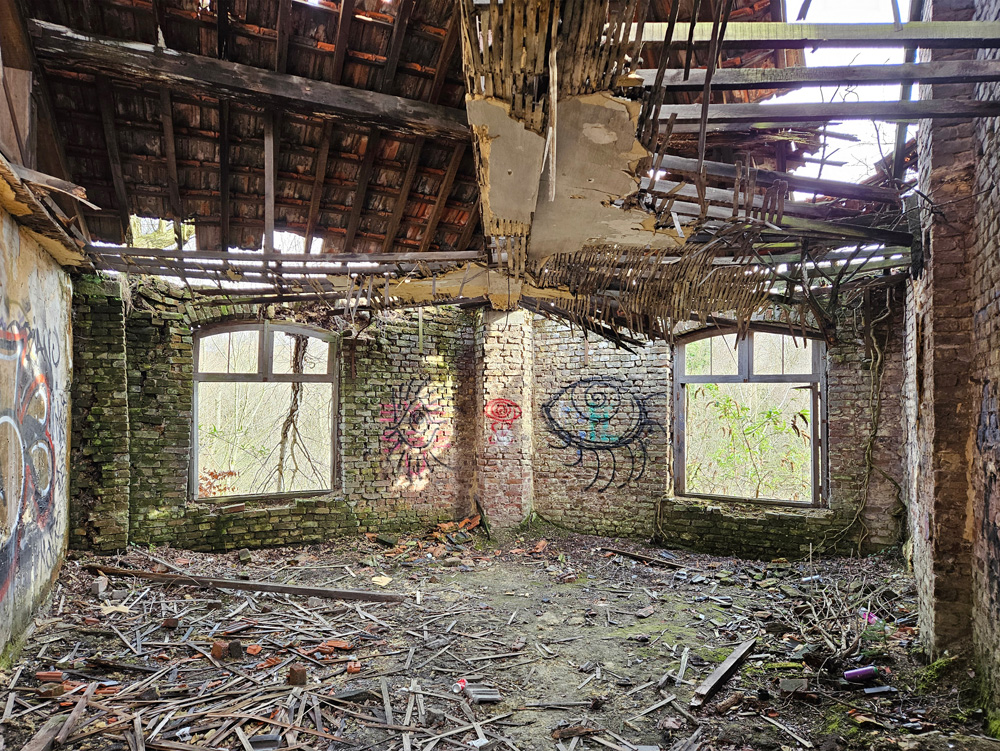This place has been on my Euro map for far longer than I care to admit. Alongside it’s very famous friend Hasard Cheratte, which is literally a stones throw away, and I still have to cross that one off the list.
The fort, which was constructed between 1817 and 1823, dominates the eastern side of Liege. The fort was eventually decommissioned in the late 1800’s and served as a barracks before being used as a prison through the First World War and finally as a hospital for American servicemen in the later months of World War II. The barracks saw the final soldiers depart in 1988, and the city eventually took possession of the green areas and helped support the local drive to preserve the fort and the various forms of nature that call it home.
BG and I rocked up and spent more time trying to park than anything else. It felt quite surreal exploring an abandoned fort that people were wandering about or getting up to other things in. Sadly as a direct result of the open access the fort is in a very sorry state and you can barely put your finger between the “graffiti” that is daubed all over its wall.










The fort, which was constructed between 1817 and 1823, dominates the eastern side of Liege. The fort was eventually decommissioned in the late 1800’s and served as a barracks before being used as a prison through the First World War and finally as a hospital for American servicemen in the later months of World War II. The barracks saw the final soldiers depart in 1988, and the city eventually took possession of the green areas and helped support the local drive to preserve the fort and the various forms of nature that call it home.
BG and I rocked up and spent more time trying to park than anything else. It felt quite surreal exploring an abandoned fort that people were wandering about or getting up to other things in. Sadly as a direct result of the open access the fort is in a very sorry state and you can barely put your finger between the “graffiti” that is daubed all over its wall.













